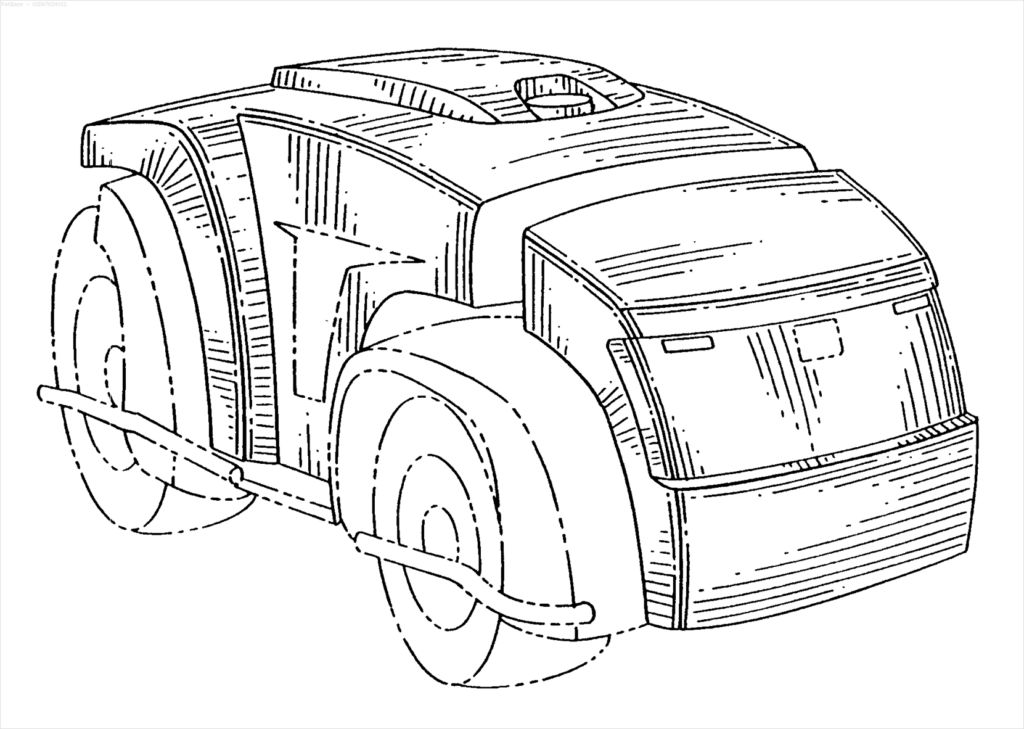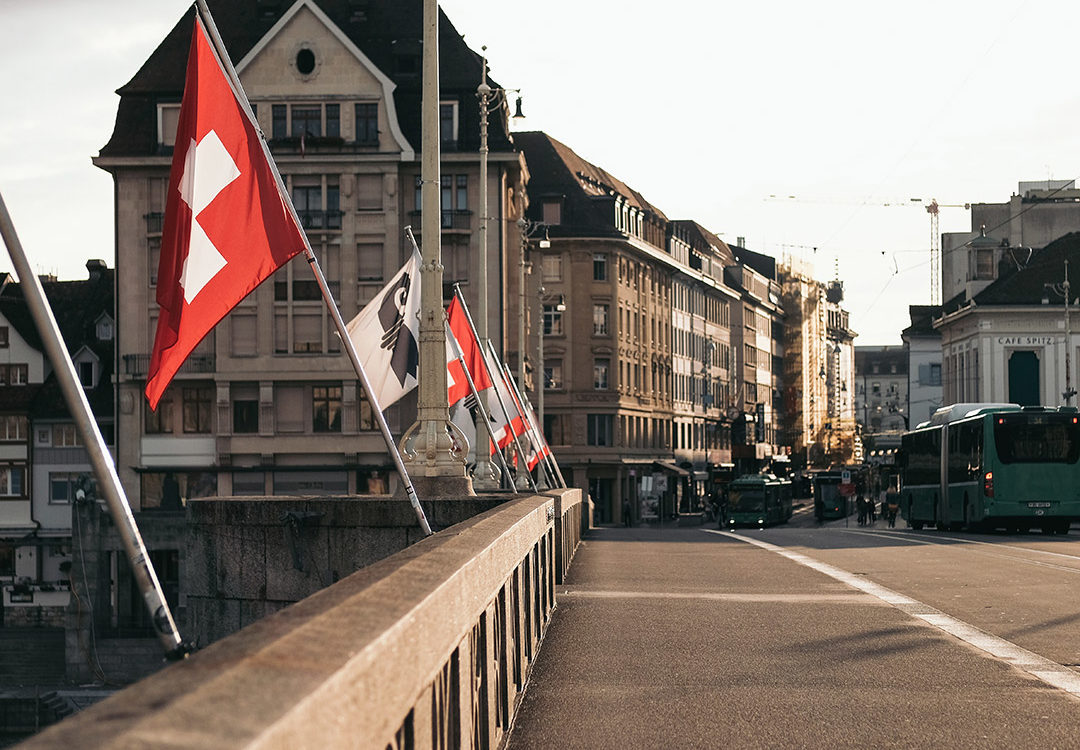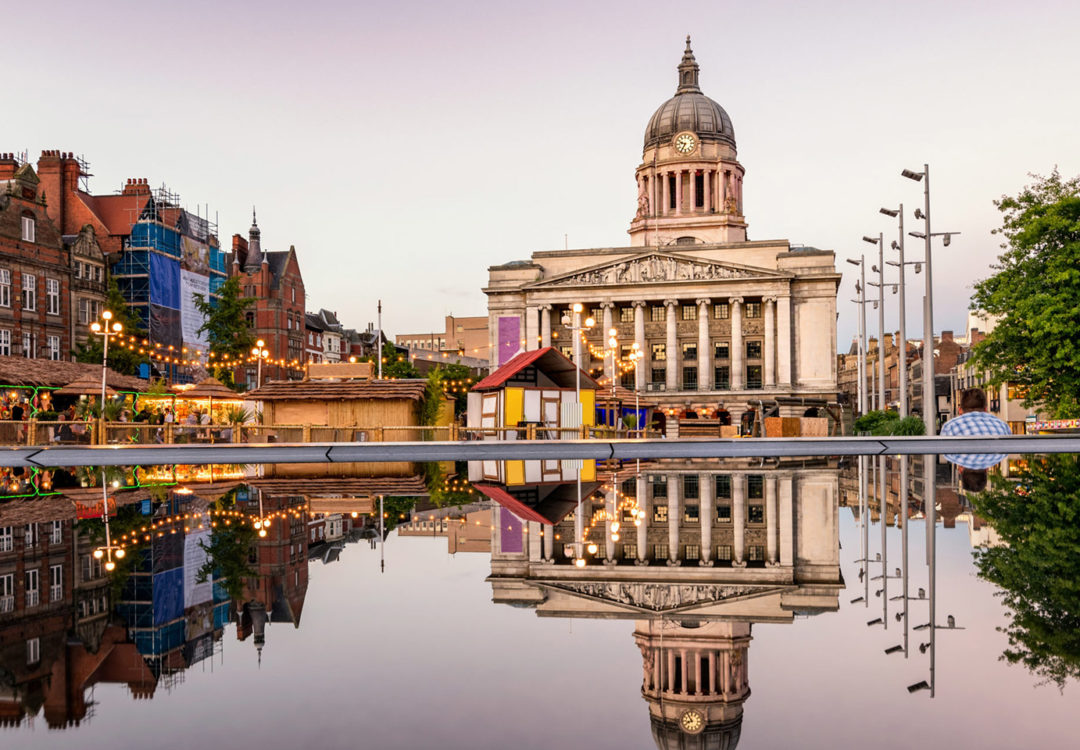Articles
Autonomous Tractors: Coming to a Field Near You
December 2022
When asked about autonomous vehicles, most people tend to think of technology enabling them to relax whilst their car self-drives down the motorway or freeway. However, a substantial growth area for autonomous vehicles is in farming. Looking at patent publication data since 2013 the number of patent applications published per year in this field has grown by a factor of 10. Some of the leading patent applicants in this field are Japanese farm machinery companies Iseki & Co and Yanmar Co., Ltd but other high profile applicants include Claas, John Deere and Kubota.
At CES® 2023 John Deere is the recipient of two Innovation Awards in the Robotics and Vehicle Tech and Advanced Mobility categories. John Deere is the only winner in the Vehicle Tech category specifically relating to the agriculture sector. For the second year running John Deere will be a significant exhibitor at CES, having unveiled a fully autonomous tractor at CES in 2022.
According to their patent filings, John Deere has had an interest in autonomous tractors particularly in the last 20 years with a significant increase in activity from 2010. An early US design patent filing shows apparently what they considered an autonomous farm vehicle might look like, although the vehicle at CES 2022 looks much more like a conventional tractor. John Deere’s drive toward autonomous tractors was accelerated in 2021 with the purchase of Silicon Valley start-up Bear Flag Robotics. Interestingly Bear Flag did not itself have a significant patent position prior to its acquisition with only having two patent families of limited geographical coverage.
So what differences exist between autonomous farming and other autonomous vehicles? For clues to this we can look at some of John Deere’s recent patent applications. For autonomous vehicles surface identification is often used to establish an area in which the vehicle can manoeuvre i.e. identifying tarmac areas etc. However for an autonomous tractor identifying a surface may be used to distinguish worked and unworked ground, or to track a row of crops as discussed in Deere’s US patent application US2022350991. Another problem specific to farming is considered in US2021329905 relating to power line detection during crop spraying where folding and unfolding operations of boom sections of a crop sprayer are prevented at particular boom positions. Similarly, a problem occurring in both on-road and farming applications is the identification of obstacles relative to a path of a vehicle. In the case of agricultural or construction vehicles a major difference is the ability of the vehicle to ignore certain obstruction without modification of a route being followed by the vehicle. US2022163974 describes use of a classifier to classify a type of obstruction to determine an ability of the vehicle to ignore the obstruction, such as depending on a risk of the obstruction causing damage to the vehicle. For example, a leaf pile might be ignored as being unlikely to significantly damage the vehicle, whilst a pallet of bricks should certainly not be ignored! Thus as we can see specific problems and solutions exist in the field of autonomous farming vehicles that may not be considered by autonomous technology for on-road vehicles.
Increasing automation in agriculture can address labour shortages or lessen the long working hours in the industry improving productivity. According to Global market Insights Inc the autonomous farming sector is to surpass $95 billion by 2027.
It will be interesting to see if John Deere and other agricultural companies exhibiting at CES 2023 use the opportunity to unveil new agricultural technology during this year’s show.

































